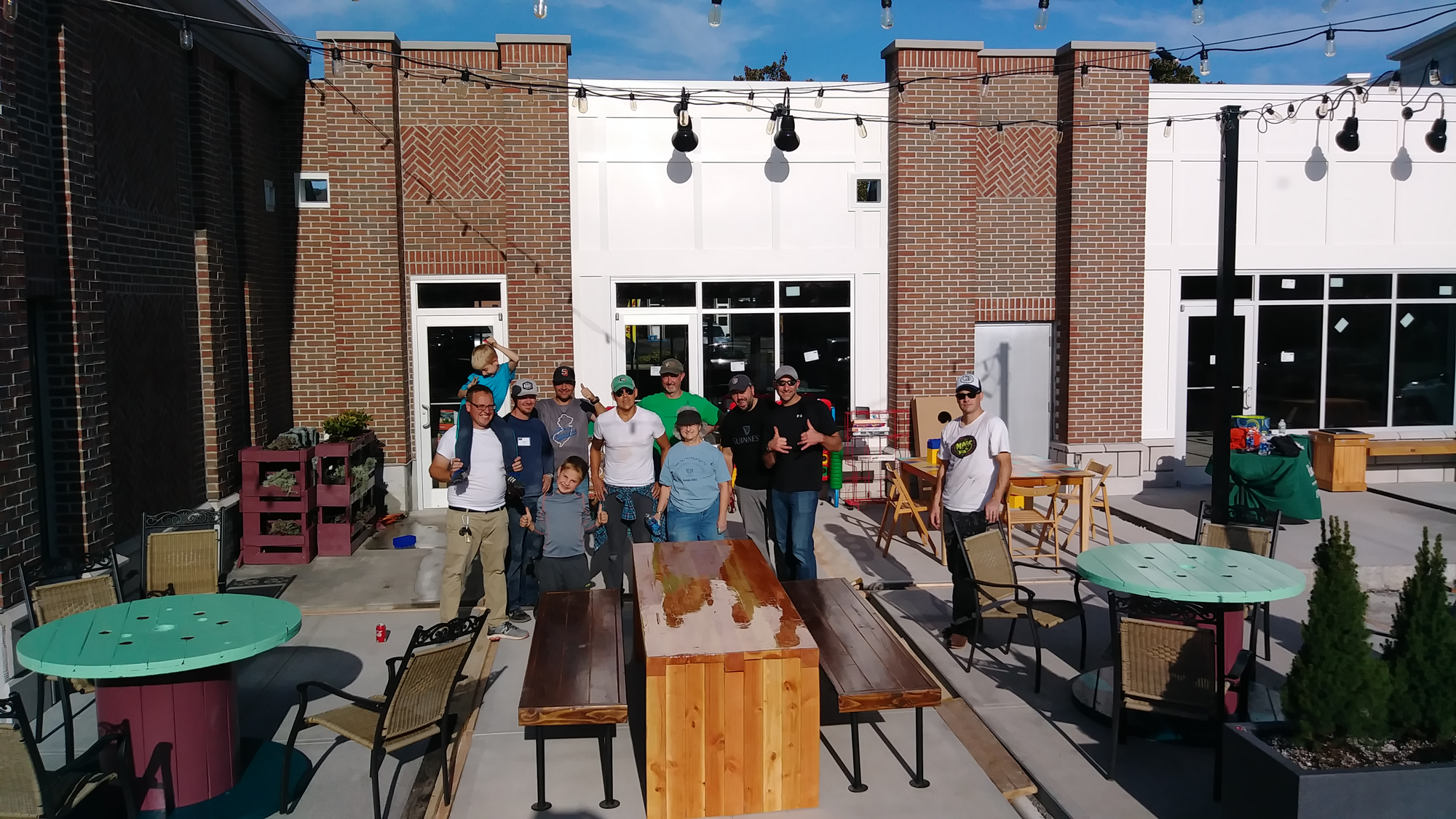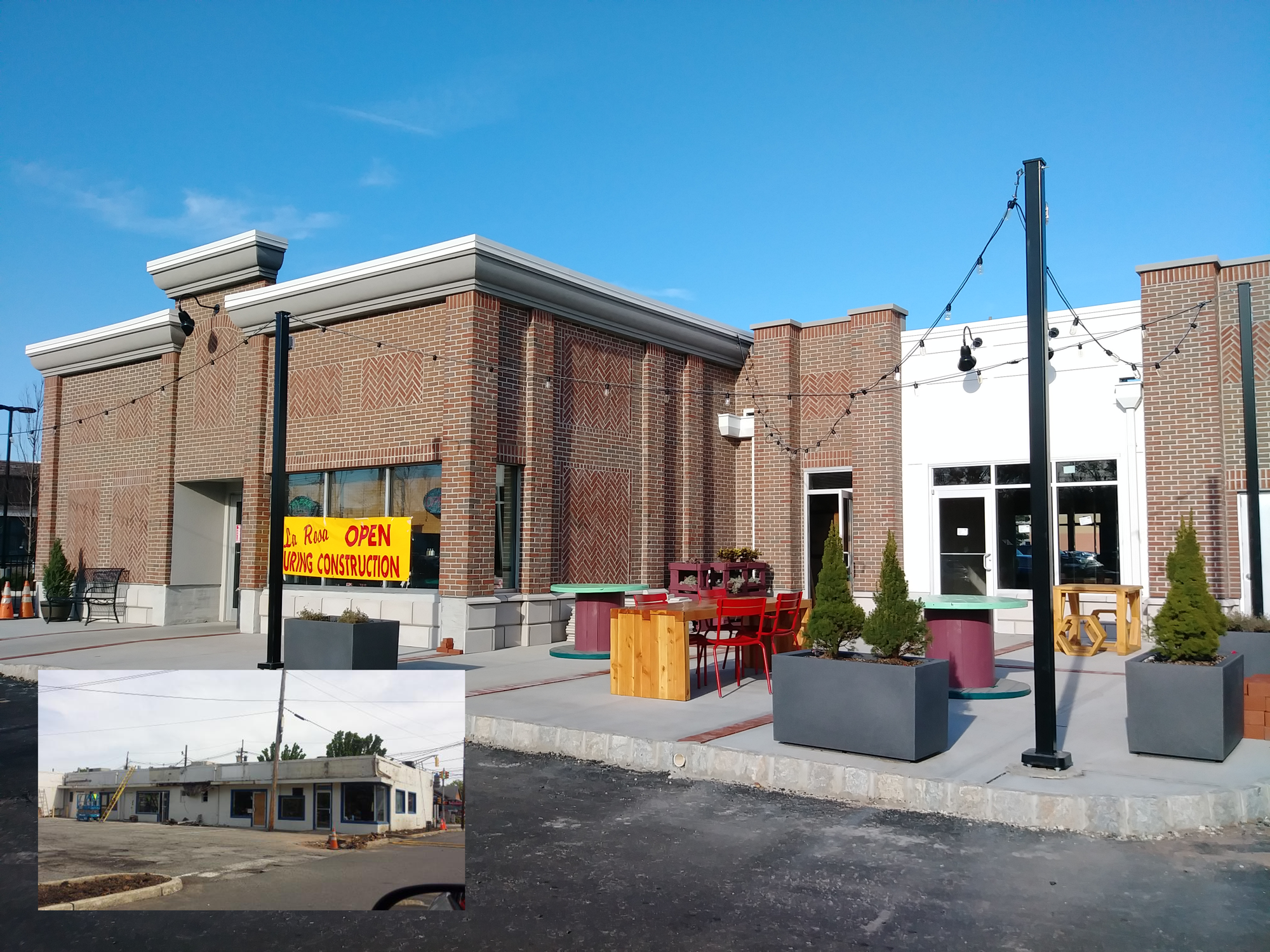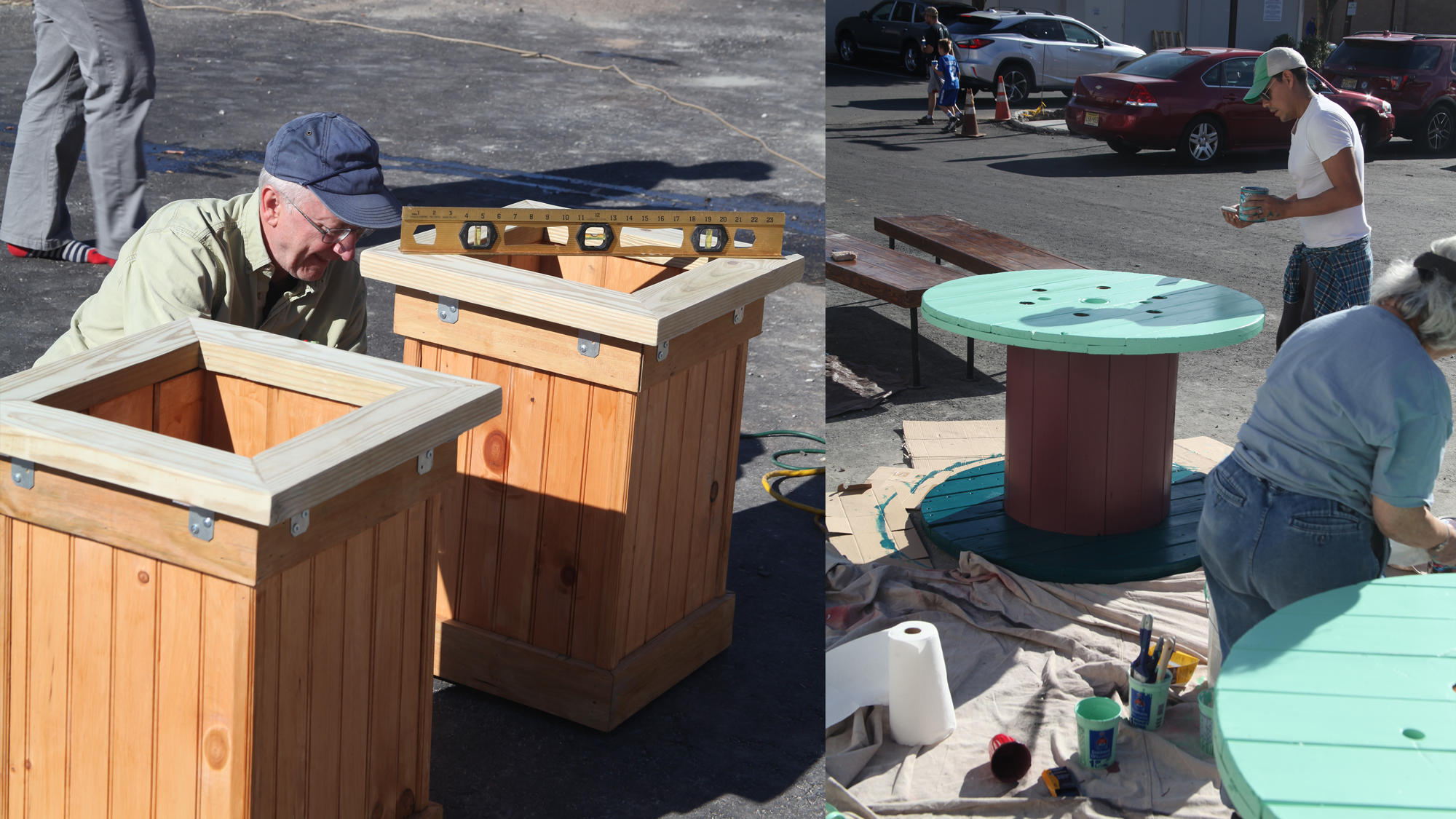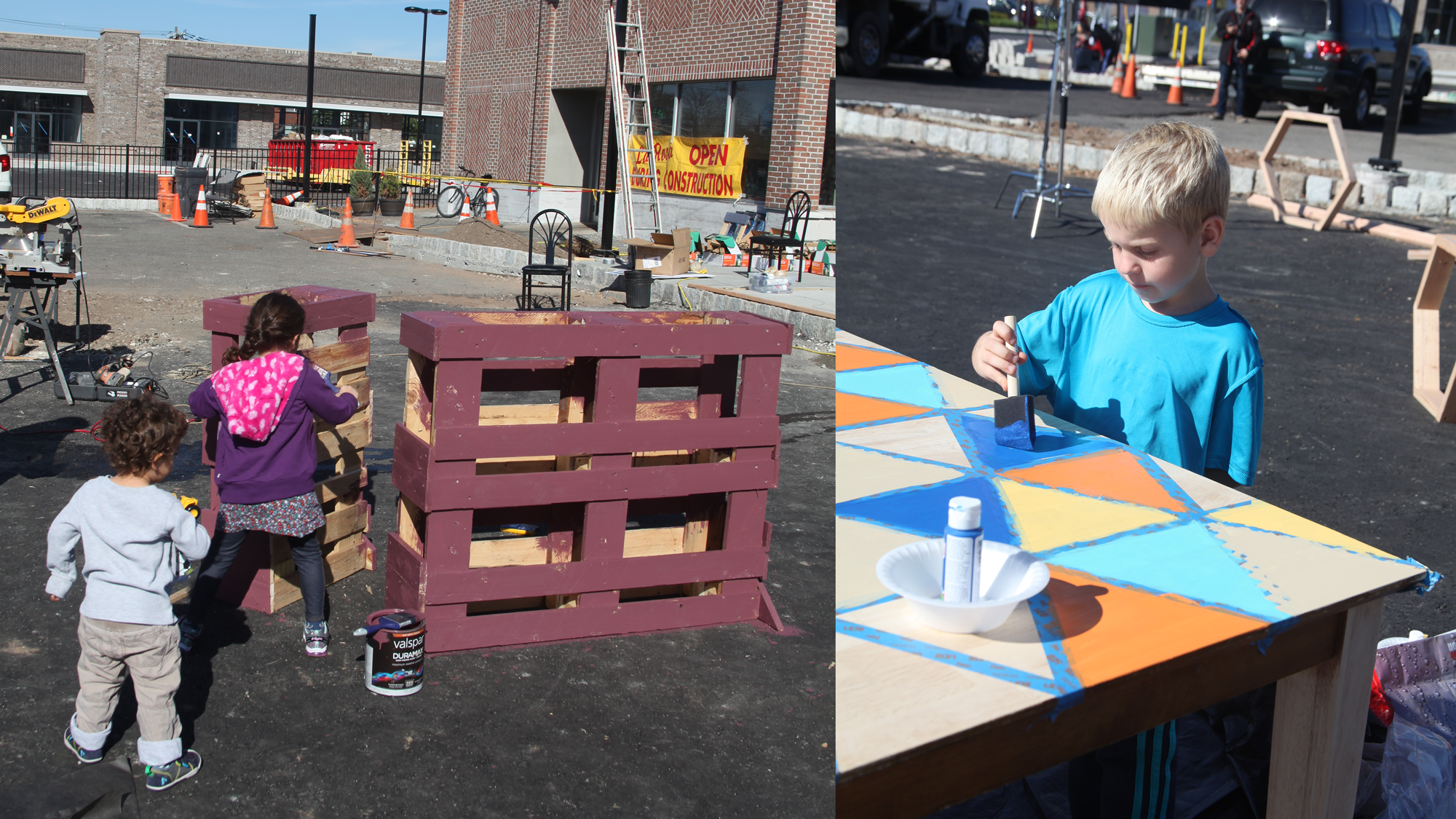Main Spotlight: Connecting, Innovating, and Sustaining a Healthy Main Street Movement
Key takeaways from six sessions at the 2025 Main Street Now Conference.
Aprenda soluciones basadas en datos para retos complejos en el Taller de Transformación Comunitaria 2025 en Columbia y Hartsville, Carolina del Sur, del 13al15 de octubre.
Más información
Marion, Iowa © Tasha Sams
We work in collaboration with thousands of local partners and grassroots leaders across the nation who share our commitment to advancing shared prosperity, creating resilient economies, and improving quality of life.

Emporia, Kansas © Emporia Main Street
Made up of small towns, mid-sized communities, and urban commercial districts, the thousands of organizations, individuals, volunteers, and local leaders that make up Main Street America™ represent the broad diversity that makes this country so unique.

Chicago, Illinois © Main Street America
Looking for strategies and tools to support you in your work? Delve into the Main Street Resource Center and explore a wide range of resources including our extensive Knowledge Hub, professional development opportunities, field service offerings, advocacy support, and more!

Waterloo, Iowa © Main Street Waterloo
Your one-stop-shop for all the latest stories, news, events, and opportunities – including grants and funding programs – across Main Street.

Kendall Whittier — Tulsa, Oklahoma © Kendall Whittier Main Street
Join us in our work to advance shared prosperity, create strong economies, and improve quality of life in downtowns and neighborhood commercial districts.

The Metuchen Downtown Alliance created a cool, family-friendly public gathering space in “the worst looking spot in town” with the help of just $2,500 in Edward Jones Placemaking on Main Challenge matching grant funds--and lots of ingenuity and elbow grease. Here’s their story and valuable lessons learned.
If I’ve learned no other lesson in my career, it would be to never underestimate the power of small bets to generate great returns for a downtown district. Through the National Main Street Center’s Edward Jones Placemaking on Main Challenge, we received valuable training in successful crowdfunding and attracted over a dozen new volunteers to our organization—and now our businesses and downtown district are benefiting from an activated public space. Overall you might call it one of the biggest wins for our new organization.
It all started out with learning. The grant’s crowdfunding partner ioby, which stands for “In Our Back Yard,” provides an online platform for projects that are citizen led, designed, funded, and implemented. Their philosophy is that positive change should come from within the community and a successful ioby campaign relies on having a designated leader and a team of three people to personally reach out to donors. Among the surprising findings from people who have done crowdfunding work before, is less than 1% of giving comes from posting on social media. ioby teaches about the importance of “high return conversations” and convening spaces to raise excitement about the vision being laid out. ioby fees are also lower than competitors, and they take a flexible approach to finishing campaigns, meaning a campaign can go on even after its closing date until all the money is raised. This all combines to create a community-friendly platform.
We gained working knowledge about successful crowdfunding through ioby’s webinar and, later, a full-length session at the Main Street Now Conference in Pittsburgh.
After getting ioby’s initial coaching the next step was to identify the best site in town where a small investment could have a big impact. That turned out be the parking lot in front of a long-neglected ca. 1951 commercial strip, where it just so happened that renovation had started a few weeks prior. The owner was very proactive about reaching out to our downtown organization about their plans before work started. That made it very easy for us to call them when this opportunity came up. When we described having a chance to bring in $5,000 to activate the public space that had already been planned as part of the project, it was an easy “yes.” So, with a plan to create a family-friendly public gathering space with movable chairs and tables, we submitted our grant application and waited for the next step.

It was a great thrill when our community was selected of one of 10 projects nationally to participate in this pilot project with Edward Jones, ioby, and the National Main Street Center. We quickly went into organizing mode to perform the necessary outreach. But after raising our initial $1,000 or so from the people we knew would contribute, the project stalled. That is also around the time we found a new volunteer interested in the work of our organization, but who had not yet been active on any of our projects. They immediately recognized the value of the partners who sponsored the initiative and the quality of the project we suggested and took on responsibility for driving our campaign to our goal, enlisting support from their immediate family and friends.
The culmination of our fundraising efforts was a “Get Over the Hump” fundraiser at a local retro arcade, Hailey’s Harp-Cade. That night we still needed to raise nearly $1,000 to secure the full $2,500 matching grant. We threw everything we had at achieving that goal.
We commandeered the Skee-ball and basketball games with a roll of quarters. We charged a $5 entry fee, and held high-score game contests and a raffle. Though perhaps our favorite was the “cake-raising”—a local baker provided a cake and other sweets for $5 each, allowing people unable to make large donations, the opportunity to make small, anonymous contributions to the project.
All the money raised that night was applied to our campaign to meet the matching fund goal. With that and a few other donations made that night we met--and exceeded--our fundraising goal. Not missing an opportunity to recruit volunteers, we also signed up over a dozen people to help with planning and implementation of the project.
From there it was a multi-month process that could be described as “iterative design” at its best. We repeated interactions with the building owner and businesses nearby. We’d throw design ideas out and then give some time to refine them. Some renovation construction delays gave us bonus time to iterate our design. Not everything we started with made it to the final version of the project and this back-and-forth dialogue was critical to refining concepts, gaining buy-in, and getting the optimal outcome.
We built our team of volunteers through several potluck-style events. During the first such event in August we reviewed the process of iterative design and examples of over 50 tactical interventions. This was a preview of a 300+ slide presentation later given at an international conference in Canada and at the Governor’s Conference for Housing and Economic Development in New Jersey. These ideas helped to frame our project and serve as a catalyst for further action. Several follow-up meetings every few weeks always including a meal helped to build a sense of camaraderie and coalesce our core team members.

When the build day arrived, all the volunteers showed up early and went right to their stations to start assembling, building, and painting. A few people served as runners between different project elements and helping as needed, or making supply runs to the bagel store, paint store, and hardware store throughout the day.

Some of the favorite features include an edible green wall (for the possible use of neighboring restaurants) and a family-style table made from bolted-together 2x4s and 4x4s, sealed with a resinous coat. We also made other tables and furniture, including custom benches, planters and spool tables, and strung garden light overhead. A few days before the opening event, a free-cycled family-style table was painted with a vibrant triangle pattern using painters tape in a community art project involving kids.
The whole project took on a sort of barn-raising feel so that by the end, we were able to pull all the pieces together, set the space for the first time, and see and celebrate our results.
From this multi-month project, we learned a number of lessons that will be invaluable to us moving forward.
Getting buy-in and commitment from people impacted by the project was critical to our success. This was true for the building and business owners as it was for the volunteers that carried the project out.
Picking the worst looking spot in town and doing something to change it providing a compelling vision that people could support.
Every project serves as a “pilot” for internal teams to rapidly test ideas at low-cost. Each project serves as a model and short-term experiment for every subsequent project.
Rapid low-cost implementation was an opportunity to test out our broader transformation strategies for the downtown.
Sometimes the act of doing something—whether it be our first fundraiser, the pot-luck style team meetings or the build itself—is a powerful tool to enlist support and participation.
Lastly, and to close, we would be seriously remiss at not sharing our deep gratitude and appreciation for Edward Jones, ioby, and the National Main Street Center. Were it not for the initial opportunity that allowed us to take a risk and step outside of our comfort zone, we likely would not have raised the money, attracted the volunteers, and activated one of the most neglected spaces in our downtown. For giving us that initial push we are deeply appreciative and grateful. We hope other communities will be inspired by our experience and realize the same positive transformation that we saw here in Metuchen, New Jersey.
Photos courtesy of Alan W. Tennant, Financial Advisor, Edward Jones; and Isaac D. Kremer.
About the author:
Isaac Kremer is the Executive Director of the Metuchen Downtown Alliance. He has nearly two decades of experience working with Main Street and historic preservation organizations in Michigan, New York, Texas, Kentucky, and now New Jersey.